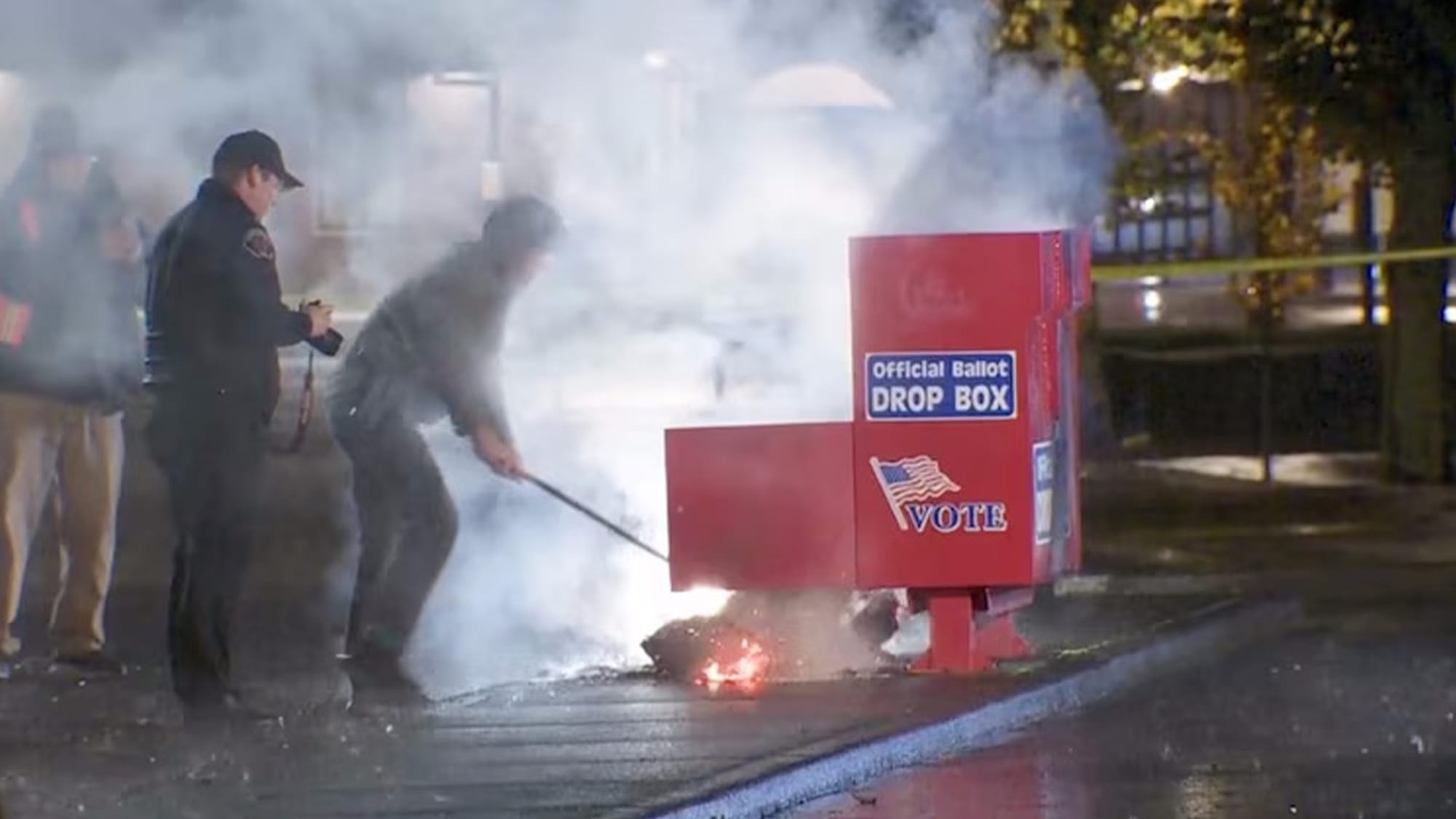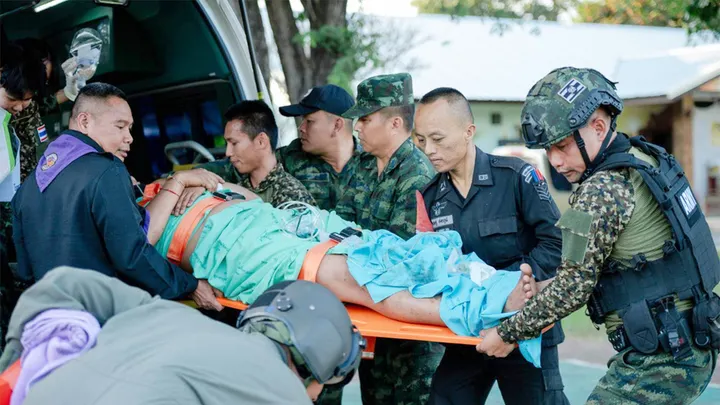The recent arson attacks on ballot drop boxes in Portland, Oregon, and Vancouver, Washington, as well as a mailbox fire in Phoenix, Arizona, underscore key structural and procedural factors in U.S. election infrastructure security. These incidents, which resulted in the destruction of ballots at decentralized ballot and mail collection points, reveal the inherent complexity of securing accessible, high-traffic systems intended to support democratic participation. The analysis below breaks down how these events illustrate specific security and operational dynamics within the election infrastructure, as informed by DHS insights.
The Design and Placement of Ballot Drop Boxes as Public Infrastructure
Ballot drop boxes serve a critical function in election infrastructure by enabling voters to submit ballots securely and conveniently. Their placement in publicly accessible, high-traffic areas aligns with the goal of maximizing accessibility, particularly for voters who may not be able to visit polling locations on election days. This open, accessible design, however, introduces a dimension of vulnerability, as DHS has noted. Accessible locations with high public exposure can become “soft targets,” especially when physical protections are limited by design.
In Portland, for instance, the ballot box was equipped with a fire suppression system, which effectively limited the damage to only a few ballots. In contrast, the Vancouver box, without an effective suppression response, saw hundreds of ballots destroyed. These two cases reveal the variability in drop-box resilience. The DHS report, which calls for uniform, reinforced designs with tamper-proof features like limited openings and fire-resistant materials, points to the need for consistent physical defenses in these decentralized sites. This incident underscores that when public access is prioritized, structural resilience becomes essential to maintain both security and functionality.
Operational Protocols and Reactive Adjustments in Ballot Collection
The operational response following the incidents in Portland and Vancouver highlights a core aspect of how ballot collection functions within election infrastructure. Standard procedures for ballot collection are generally designed to maximize efficiency and coverage. However, these incidents reveal the need for flexibility in response to emergent threats. In Portland and Vancouver, local officials responded by increasing the frequency of ballot pickups and adjusting collection schedules to reduce overnight exposure, a time when these boxes are potentially more vulnerable.
DHS has highlighted that while accessible design is central to ballot drop boxes, proactive security measures—like patrols or security checks during high-risk periods—can enhance protection without compromising accessibility. This reactive shift in collection protocols in response to localized security incidents reflects an operational framework that balances the routine needs of election management with adaptive adjustments when specific threats arise.
Inter-jurisdictional Coordination and the Role of Federal Support
The investigative response to these incidents illustrates the interdependent role of local jurisdictions and federal agencies in handling election security matters. Following the fires, the FBI initiated investigations into the incidents, examining the devices used and reviewing surveillance footage for further clues. DHS, through its guidance and resources, provides additional structural support by advising on security improvements to reduce the likelihood of similar incidents. This collaboration between federal entities, such as the FBI and DHS, and local authorities reflects a layered approach to managing election security.
DHS’s involvement and its advisories to local jurisdictions highlight that federal resources are available to support security at the ballot box level, especially for physical security assessments or high-risk security planning. This framework allows local jurisdictions to access expertise and resources that they may not independently possess, particularly in evaluating physical threats. The interjurisdictional model provides both investigative support and guidance on security enhancements, ensuring that federal support supplements, rather than replaces, local election management efforts.
Physical Security Requirements Specific to Decentralized Ballot Drop Boxes
Physical security measures are a focal point in election infrastructure discussions, especially for ballot drop boxes that serve the public directly. DHS emphasizes that physical protections for these boxes should consider factors unique to their role and placement. The agency suggests tamper-resistant openings, reinforced materials, and high-visibility locations to deter interference while maintaining voter access. By placing ballot boxes in secure, well-trafficked areas, election officials can benefit from the passive security of public visibility, while structural elements provide more active defenses against tampering or damage.
These incidents demonstrate the balance required in securing decentralized collection points. While cybersecurity measures are integral to election systems broadly, ballot drop boxes must prioritize physical security. DHS’s recommendations for reinforced designs and standardized tamper resistance address the inherent vulnerabilities of these publicly accessible points, providing a model for how decentralized infrastructure can be secured without detracting from its primary purpose of accessibility.
Examining the Structural and Operational Aspects of Election Security
The recent incidents involving ballot drop boxes in Portland, Vancouver, and Phoenix bring attention to the specific structural and operational aspects of election infrastructure security. These boxes are placed and designed to serve the public, making accessibility a core feature and a point of potential vulnerability. Through coordinated support from federal agencies like DHS, which provides targeted guidance on securing decentralized collection points, and localized operational adjustments, election officials can respond to the unique security needs of ballot boxes. As these incidents illustrate, understanding and addressing the dual requirements of accessibility and security are essential to preserving the integrity and functionality of U.S. election infrastructure.















Discussion